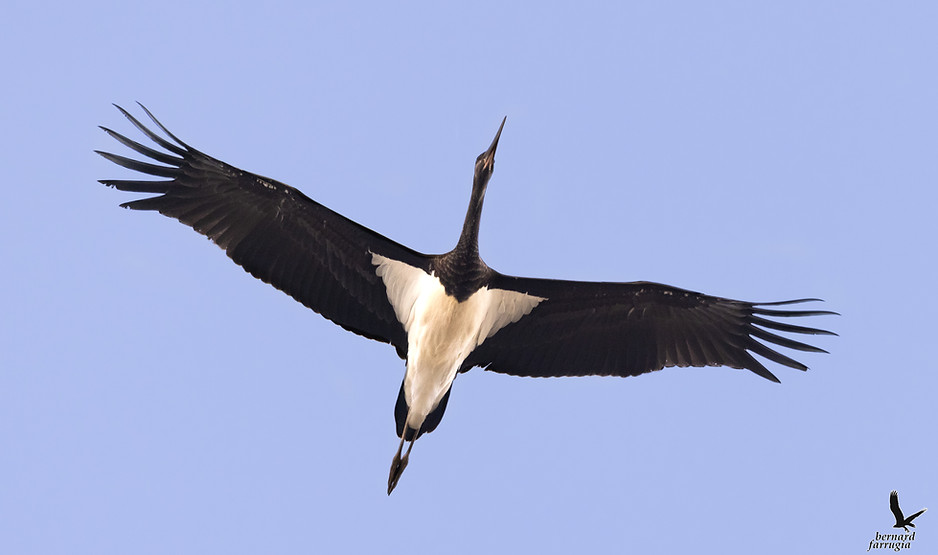
Storks & Cranes
White Stork
Maltese name/s
Scientific binomen
Order
Family
Sighting occurrence
Info*
Seen individually or in small groups but sometimes in large flocks.
Largely unmistakable. Huge, almost all white, bird with black flight feathers, long red legs and bill. Juveniles with dark bill tip and pale legs. Easily told from Black Stork in flight by all white underparts, including wing coverts. Only flight feathers black. Often soars high in flocks like raptors.
Diet
Their diet varies according to season, locality and prey availability. Common food items include insects (primarily beetles, grasshoppers, locusts and crickets), earthworms, reptiles, amphibians, and small mammals such as voles, moles and shrews. Less commonly, they also eat bird eggs and young birds, fish, molluscs, crustaceans and scorpions.
Longevity record
39 years (Bird found dead in Switzerland, S 127)
Usually seen in
March - April, August - September
Occasionally seen in
May, July, October
Click on the image to open slideshow




Length (cm):
Wingspan (cm):
Weight (kg):
95 - 110
180 - 218
2.3 - 4.4

Black Stork
Maltese name/s
Scientific binomen
Order
Family
Sighting occurrence
Info*
Seen individually or in small groups.
Similar to White Stork (Ciconia ciconia), but with dark brown, metallic neck, head, breast and back. Only belly and innermost, under wing coverts are white. Legs, eye-ring and bill deep red. Flies with neck extended like White Stork, but contrasting white belly is visible at great distance. Immature birds duller brown than adults, with grey-green bill and legs.
Diet
The black stork mainly eats fish, small reptiles, amphibians, mammals, birds, invertebrates (such as snails, molluscs, earthworms) and insects like water beetles and their larvae.
Longevity record
18 years (A shot bird in Poland, A 995853)
Usually seen in
September - October
Occasionally seen in
March - June, August, November
Click on the image to open slideshow




Length (cm):
Wingspan (cm):
Weight (kg):
90 - 105
173 - 205
2.0 - 4.0

Common Crane
Maltese name/s
Scientific binomen
Order
Family
Sighting occurrence
Info*
Seen individually or in groups and also in large flocks.
A very large, long and slender bird. Bigger than Grey Heron. Plumage grey, with contrasting black throat and flight-feathers. White sides of neck. Tertials forms fluffed, ostrich-like rear end. Red crown visible at close range. Easily told from herons in flight by the straight neck. Juveniles with rufous head, lacking the marked pattern of adults.
Diet
It largely eats plant matter, including roots, rhizomes, tubers, stems, leaves, fruits and seeds. They also commonly eat, when available, pond-weeds, heath berries, peas, potatoes, olives, acorns and pods of peanuts. Notably amongst the berries consumed, the cranberry, is possibly named after the species.
Longevity record
24 years 3 months (Markers in the field in Sweden, 9237782)
Usually seen in
October - December, March - April
Occasionally seen in
January - February
Click on the image to open slideshow




Length (cm):
Wingspan (cm):
Weight (kg):
96 - 119
180 - 222
4.1 - 6.0

*Some information was sourced from ''BirdID Nord University''.
